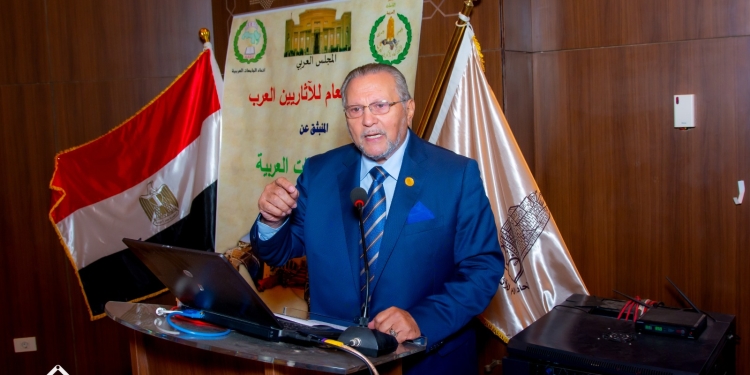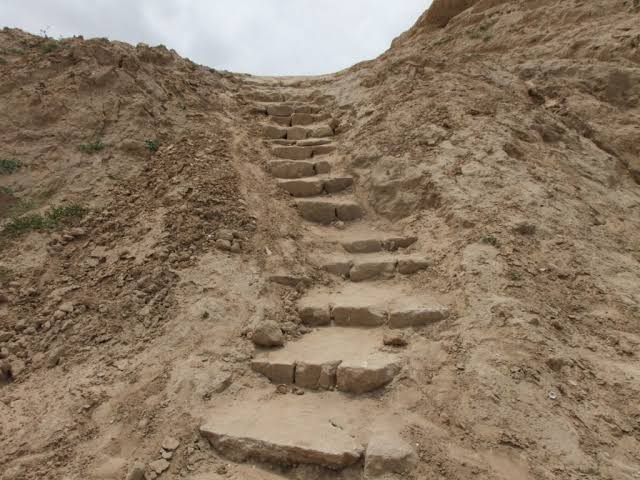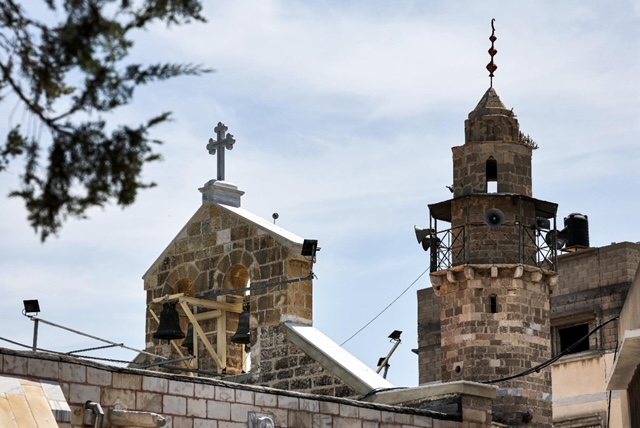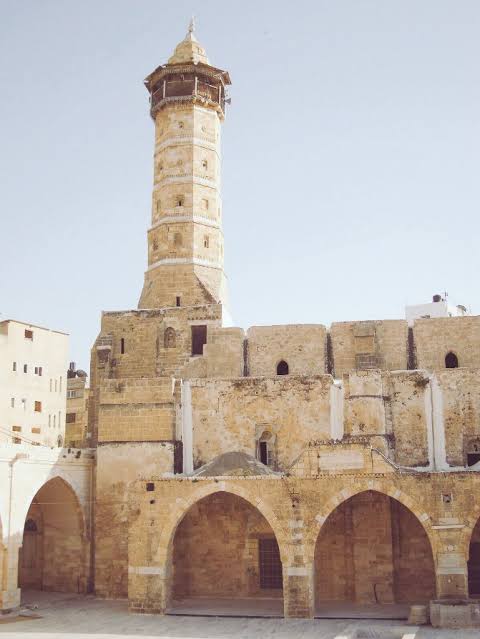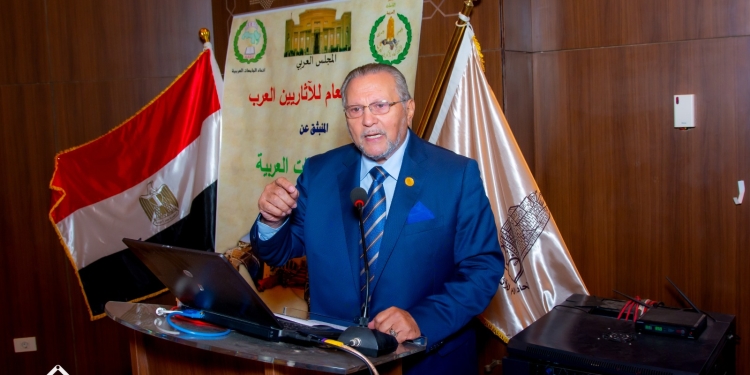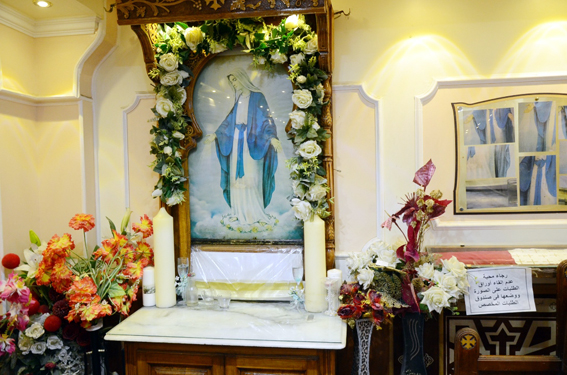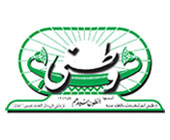The Arab Council of the General Union of Arab Archaeologists in Cairo (GUAA) has issued a report that cited a tally of the historical sites that have been damaged or destroyed by Israeli strikes against Gaza since the war started on 7 October 2023 till the GUAA report was issued on 3 November. The tally was compiled by Palestinian historian Abdul-Hameed Abul-Nasr, who represents Palestine in the Union of Arab Historians.
Abdel-Rahim Rihan, director of the media office of the Arab Council of the GUAA, told Watani that the archaeological and historical sites damaged or destroyed were listed chronologically according to the date on which they were bombarded.
First to come under Israeli fire was Tel Rafah, an archaeological site that dates back to the Greco-Roman era.
A number of churches were hit. The Greek Orthodox church of Saint Porphyrius, the oldest church in Gaza which was built in 406AD, was bombed on 19 October. The church’s administrative building was completely destroyed, and significant damage occurred in the church’s nave. More than 20 Christian families who had taken refuge in the church were killed.
In Jabalia, the 444AD Byzantine Church and the Holy Family Catholic Church founded by Fr Jean Morétan in Gaza in 1869, also suffered partial destruction due to indirect shelling, leading to cracks in the walls and windows.
The National Baptist Hospital which is home to the Baptist Church that was founded in 1882AD by the Church Missionary Society of the Church of England, was struck by Israeli fire on 17 October, leaving hundreds dead or injured, and causing severe damage to the hospital, church, and annexed buildings.
Damaged sites also included historical mosques, such as the Great Omari Mosque in Gaza which was a Canaanite temple until the Arabs turned it into a mosque in the 7th century. The mosques of Sheikh Salim Abu-Muslim and Sheikh Saad in Beit Lahia, which contain shrines for the two sheikhs, and were built 600 and 500 years ago respectively, were both severely damaged. The 15th-century Ottoman style Katib al-Wilaya Mosque was partially damaged on 17 October, and may be restored. The Mamluk style Omari Mosque in Jabalia which was built in the 20th century was irreparably damaged on 19 October.
Other historical buildings damaged include the place of Qasr al-Pasha that dates back to 1269 and the Ottoman-Mamluk al-Samra Bath built some eight centuries ago. The mosque of al-Abbas was struck; destroying its venerable library and the invaluable manuscripts it housed.
Among other historical sites that were partially damaged was the English Cemetery dating back to 1904 and the Gaza Municipality building that dates back to 1893.
Protection of Cultural Property
Dr Rihan noted that the destruction of historical sites is a clear violation by the Israelis to the 1954 Hague Convention concerned with the Protection of Cultural Property in the Event of Armed Conflict.
Considering that the preservation of cultural heritage is of great importance for all peoples of the world and thus needs universal protection, the Convention for the Protection of Cultural Property in the Event of Armed Conflict was adopted in 1954 under the auspices of UNESCO. Now widely referred to as the 1954 Hague Convention, it is the first and the most comprehensive multilateral treaty dedicated exclusively to the protection of cultural heritage in times of peace as well as during an armed conflict.
The 1954 Hague Convention aims to protect cultural property, such as monuments of architecture, art or history, archaeological sites, works of art, manuscripts, books and other objects of artistic, historical or archaeological interest, as well as scientific collections of any kind regardless of their origin or ownership.
The High Contracting Parties pledge to refrain from any retaliatory measures affecting cultural property, and bombing the archaeological sites, churches and mosques, as well as burning of manuscripts.
Based on its report, the Arab Council of the General Union of Arab Archaeologists, headed by Dr Muhammad al-Kahlawey, called on the organisations concerned with heritage: UNESCO, the Arab Educational, Scientific and Cultural Organisation (ALECSO), and the Islamic World Educational, Scientific and Cultural Organisation (ISESCO) to intervene to assume responsibility for protecting cultural heritage in light of what has been presented and the cultural heritage of Palestine in general.
